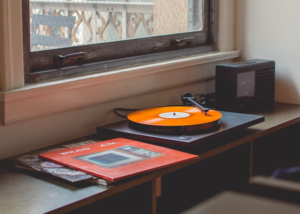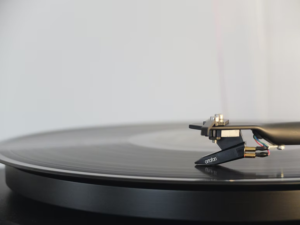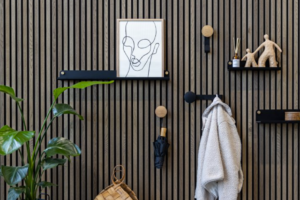
As vinyl records are making a comeback, there has been an influx of turntables on the market. This is great for people who want to get in on the latest trend before it’s too late and they’re left with nothing but CDs. But how do you know which one is right for you? We’ve compiled a guide that will make this easy decision for you!
Set A Budget
With the price of turntables ranging from $100 to $1000, you need to set a budget before starting your search. This is because it’s hard choosing which one will best fit you on your first time out unless you have experience with specific models and brands you can find on the toprecordplayers.com/record-player-for-sampling list. Set up a maximum amount that can afford for an entry-level turntable. If you are an audiophile and looking for a high-end turntable, then it is best to consult with someone who knows more about the subject matter.
For the rest that is just starting, it is advisable to set a budget of $200 or below. If you want something better than what’s in this price range, consider saving up for an additional few bucks and upgrade your purchase later on. You can find some good quality turntables under $250. There are some great options in the $100-$200 price range that will give you plenty of listening time before you decide to upgrade. It is important to remember that a budget dictates what kind of features and quality you can get with your turntable.
Decide On A Type of Turntable

There are three primary types of turntables: manual, semi-automatic, and fully automatic. Manual turntables require you to place the record on a special platform that rotates with the disk as it spins (a process called dropping). The arm will then move across the LP to play tracks. Semi-automatics will drop the disk for you but require that you move the arm across to play individual tracks. Fully automatics will do all of this automatically and are most common in homes or professional recording studios because they’re a time saver (you’ll be able to listen to an entire record without having to lift a finger).
The next thing you’ll need to consider is the size of the turntable. This will depend on both the width and depth of your LP collection as well as how much space you have available in your home. There are three standard sizes for turntables: portable (small and lightweight), tabletop (medium-sized), and cabinet (large with a built-in amplifier). If you’re just starting your collection, a Portable Turntable might be the best option for you. However, if you have a large number of records or want better sound quality, then you’ll need to go with one of the other two sizes.
Consider Your Needs
When choosing a turntable, it’s important to consider your needs. What will you be using the turntable for? If you plan on primarily listening to records, then you’ll need a model that is designed for playback. If you want to use your turntable as part of a DJ setup, then you’ll need one with features like pitch control and crossfader adjustments.
Another thing to keep in mind is the type of records you’ll be playing. If most of your collection is on vinyl, then a turntable with an adjustable counterweight will come in handy when adjusting the tonearm to balance out heavier albums like metal and punk rock releases. Each turntable comes with its own set of features that make it unique, so keep these factors in mind as you shop around for the best one for your needs.
Look For Quality
The first thing you should look for when buying a turntable is quality. You can always take the time to fix up or replace parts later on, but if it isn’t already built well and sturdy from the start, then all of your work will be in vain. The main part that affects sound quality is how heavy duty everything is – specifically anything that involves vibrations passing through it (like speakers). A good rule of thumb is to go for something that’s at least five times the weight of the platter.
Cheap turntables usually have a lot of plastic parts, which can easily break or become warped over time. This is especially true if you plan on using your turntable regularly. So, if you want something that will last, be prepared to spend a little bit more money upfront. Conversely, there are some very high-end and expensive turntables out there that may offer features you don’t even need – so it depends on what you’re looking for as far as quality goes.
The best turntable for you will depend on your specific needs and preferences. Consider the different factors that are important to you and make a decision based on those factors. With so many options available, it can be difficult to know which one is right for you. But with this easy guide, you’ll be able to choose the perfect turntable for your needs.







